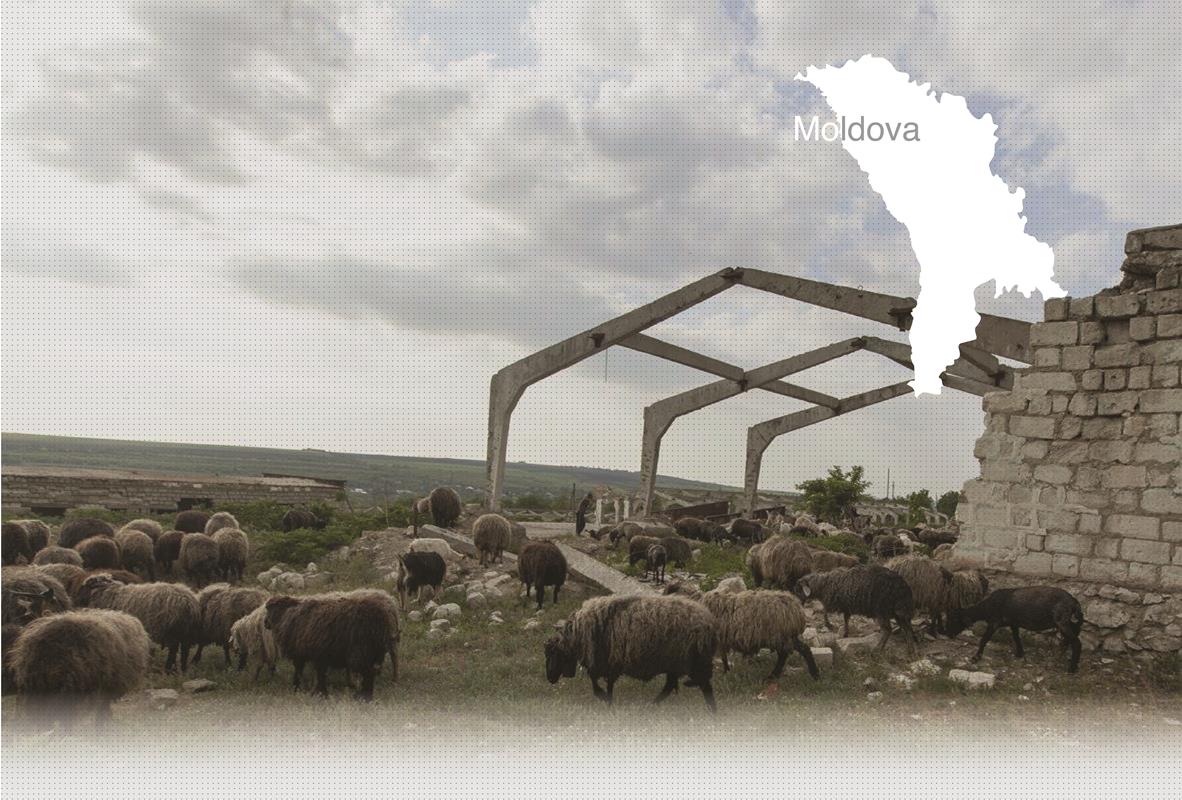

1 Killing site(s)
Anatoli I., born in 1934: “Before the war, there were mainly Germans and Moldovans living in Colosova, as well as several Russian and Jewish families. I remember a few Jewish families’ names: Schneider, Gorovich, Brik, Schuman and Fust. The latter was the director of a local school. They were all shot by the Germans in September 1941. The day of the execution, my mother and I were home making bread when we heard gunshots. My mother was crying and trying to cover the gunshots by making some noise (…) After the shooting, some clothes were distributed to the children at school. We didn’t know where they were from. I got a coat and my friend a pair of shoes. Later, he found a golden ring hidden in a shoe heel. That’s when we realized that those clothes belonged to the murdered Jews. After that, my mother burnt the coat (…)” (Witness N°206M, interviewed in Colosova, on March 15th 2015)
“At the end of August or the beginning of September 1941, on the order of the accused Max Drexel, members of the Kommando shot at least 10 Jews in the German village Bergdorf [now: Colosova] located east of Dubăsari, in a pit previously dug in the cemetery for animals. The victims were at least two local families, Benshik and Shoy, made up of five members each." [Source: Igor Shortnikov, Sonderkommando in Dubosary, Tiraspol, University of Transnistria Publishing, 2012. In Russian language. p.94. Extract from Document n ° 22, Verdict of the trial of Walter Kehrer and Max Drexel]
Colosova is a village in the Grigoropol district of the autoproclamed Transnistria, part of the Republic of Moldova which is is not controlled by its government. In the 19th century, the village was a German colony called Bergdorf and it was a part of Glückstal Colonies inhabited mainly by German farmers. The colony was founded by the Germans from Baden and Alsace, altogether with two other settlements: Neudorf [today Caramanova] and Glückstal [today Hlinaia]. A part of the Germans, there were Moldovans, Russians as well as several Jewish families living in the village. The Jews lived mainly off trade and handcraft. There was no synagogue neither a Jewish cemetery in Colosova. For the prayers they went into the city of Dubăsari located 30km east. There is no exact information on how many Jews lived in the village before the war. According to some sources there were several families only.
Colosova was part of the Soviet Moldovan Republic from June 1940 until July 26, 1941. In mid-August 1941, it was taken over by the German-Romanian troops. . According to the available German archives, t he occupier gathered Colosova Jews at the end of August or the beginning of September, 1941 and shot them at the site that used to be a cemetery for animals. During the investigation trip YIU’s team managed to interview Anatoli I., born in 1934 who witnessed several steps of this crime committed in Colosova on his prewar neighbors. Anatoli recalled that the Jews, at least ten men, women and children, were first gathered in two basements of a local house. From there, they were escorted in column to the execution site where they were shot by Germans with submachine guns and buried in a mass grave that remain unmarked until this day.
Do you have additional information regarding a village that you would like to share with Yahad ?
Please contact us at contact@yahadinunum.org
or by calling Yahad – In Unum at +33 (0) 1 53 20 13 17